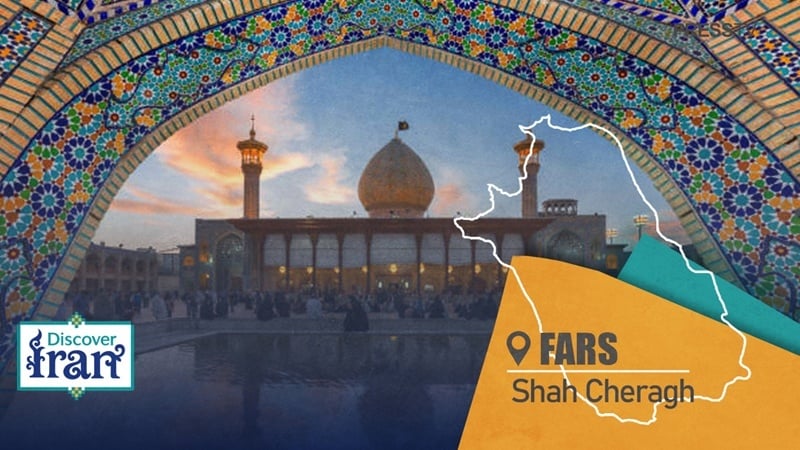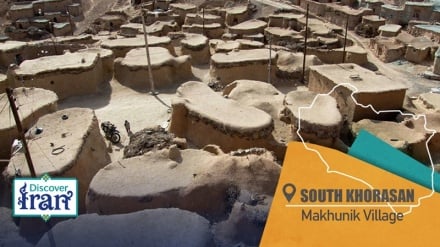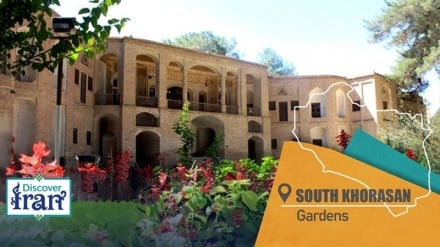Shah Cheragh: A jewel of faith and art in heart of Shiraz
-

Shah Cheragh: A jewel of faith and art in heart of Shiraz
Pars Today - The fragrance of bitter orange blossoms from the surrounding gardens drifts into the courtyards of the shrine, blending the beauty of nature with spiritual serenity.
The mirror-adorned halls and turquoise tiles of Shah Cheragh Shrine tell the story of generations who, over centuries, have built, rebuilt, and preserved this sacred site. According to Pars Today, citing Press TV, the shrine draws pilgrims and travelers into a space where centuries of devotion intertwine with the enduring beauty of Iranian art and architecture.
For the people of Shiraz, Shah Cheragh represents a living presence—a place where faith and art come together. The brilliance of its mirror-adorned ceilings reflects the shrine’s timeless splendor.
Rooted in history
Shah Cheragh Shrine was first built in the 6th century AH during the rule of the Atabegs of Fars, a period when Shiraz flourished as a center of knowledge and religion. The shrine houses the tomb of Ahmad ibn Musa (peace be upon him), the eldest son of Imam Musa al-Kadhim (the seventh Shia Imam) and brother of Imam Reza (the eighth Shia Imam), whose magnificent shrine is located in Mashhad.
Over time, this tomb became a central site for prayer and reverence in Shiraz. In 745 AH, Queen Tashi Khatun of the Inju dynasty ordered its reconstruction and expansion. She also established a large school beside the shrine and endowed surrounding shops to provide ongoing support for this sacred pilgrimage site.
In 1507 CE, Shah Ismail I of the Safavid dynasty ordered extensive restoration of the shrine. However, an earthquake in 1588 caused significant damage. In the 18th century, following his victory over invading Afghan forces, Nader Shah Afshar once again repaired the shrine.
The Story Behind the Name “Shah Cheragh”
The name “Shah Cheragh,” meaning “King of Light,” originates from a long-standing legend in the historical memory of Shiraz. Centuries ago, an elderly woman noticed a mysterious light every Thursday night emanating from the burial site of Ahmad ibn Musa (peace be upon him). Believing it to be the tomb of a great man, she informed Amir Azod al-Dawla Dailami, the ruler of Shiraz.
When the Amir came to witness the phenomenon, the light shone brighter than ever. The woman exclaimed, “Shah Cheragh!” He ordered an investigation, and Ahmad ibn Musa’s tomb was discovered. Since that night, the site has been known by the name she spoke—a name that continues to illuminate Shiraz to this day.
Architecture of faith
Architecturally, Shah Cheragh blends the Azeri style with traditional Iranian art. Its northern and southern gates open onto a spacious courtyard surrounded by delicate rooms. Inside, mirror-adorned walls break every ray of light into thousands of fragments, immersing visitors in a serene and spiritual radiance.
The first silver shrine (zarīh) was installed during the reign of Fath-Ali Shah Qajar, and the second, also made of silver, was completed in 1827.
Today, the shrine’s museum houses over 8,000 historical artifacts from various eras, while its library—one of the largest in southern Iran—contains nearly 100,000 volumes. Together, these collections showcase the cultural richness of Shiraz, a city where art, knowledge, and faith have always been at its heart.
Many prominent scholars and poets chose Shah Cheragh as their final resting place, drawn by the sanctity of the shrine. Among them are Ayatollah Shahid Seyyed Abdolhossein Dastgheib, Ayatollah Nejabat, Vesal Shirazi, and several notable figures of the Zand dynasty. These scattered tombs throughout the shrine’s courtyards serve as a reminder that knowledge and faith have long been revered in Iran.
Terrorist attacks
In recent years, Shah Cheragh Shrine has been targeted by terrorist attacks at least twice. In 2022 and 2023, extremists struck this sacred site, martyring and injuring a number of pilgrims. The takfiri terrorist group ISIS claimed responsibility for these attacks.
Despite these events, the shrine remained full of Iranian and international visitors. Families quietly offered prayers under the mirror-adorned dome, demonstrating unwavering devotion. For Iranians, the resilience of Shah Cheragh symbolizes the steadfastness of faith—a light no act of terror can extinguish.


